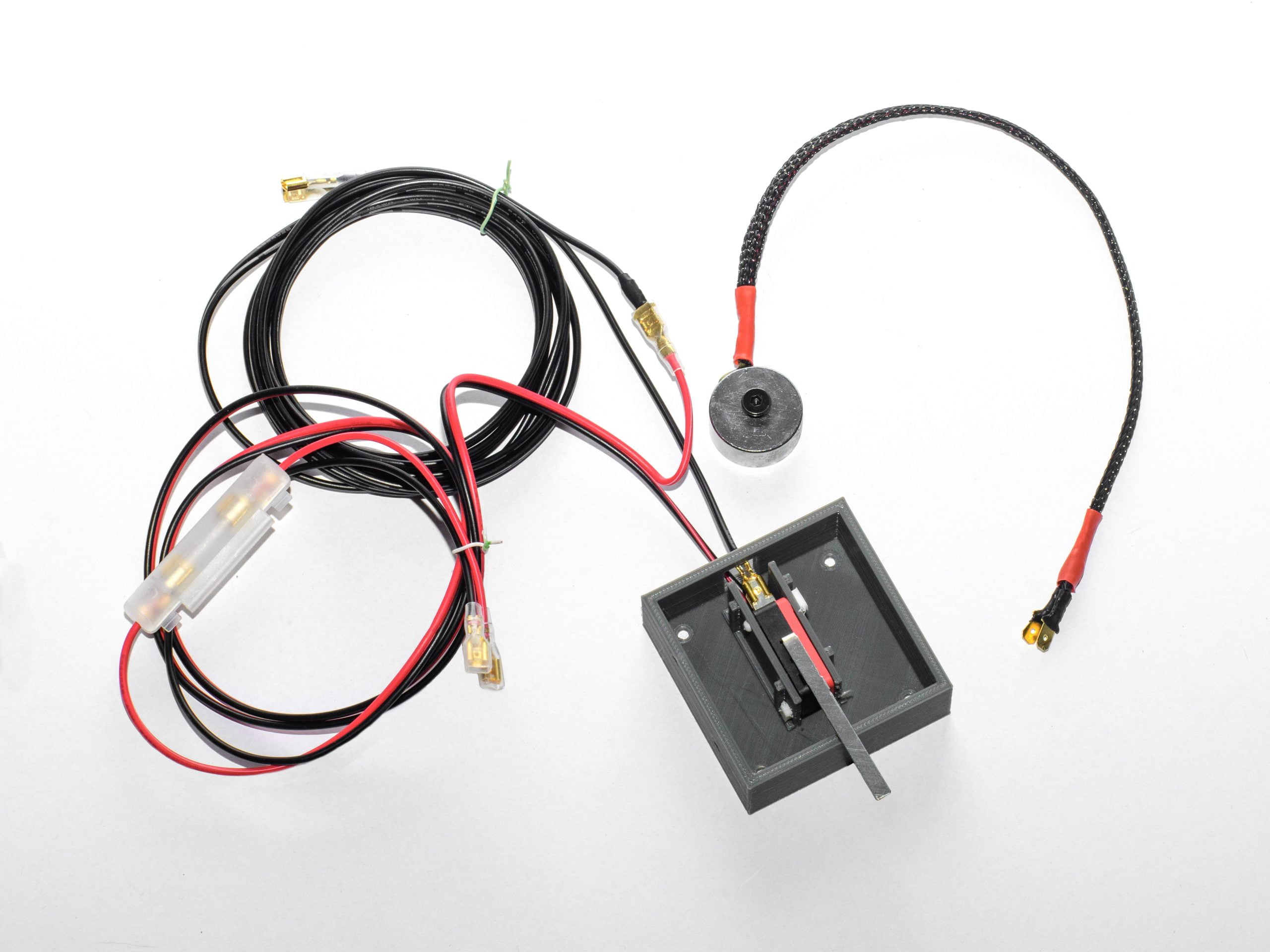Introduction
In the world of competitive shooting, the International Practical Shooting Confederation (IPSC) is renowned for its difficult and vibrant courses. Among the most exciting elements of IPSC shooting is engaging moving targets, which test a shooter's abilities in a real-world situation. To truly master IPSC competitions, it is necessary to master the methods needed to effectively engage moving targets.


Mastering Moving Targets: Advanced Techniques for IPSC Training
Understanding IPSC Targets
Before delving into the sophisticated methods, it is important to have a clear understanding of IPSC targets. These targets usually come in the type of cardboard silhouettes that simulate real-life dangers. They are strategically put on a course and can be fixed or moving. The scoring zones on these targets are divided into A, B, C, and D zones, with A representing the highest-scoring area.
The Value of Quality IPSC Targets
When it concerns training for IPSC competitions, the quality of your targets plays a substantial role in refining your skills. Investing in high-quality IPSC cardboard targets guarantees that you train with realistic representations of possible hazards. Shoot N' Train IPSC Targets are commonly regarded as a few of the very best alternatives readily available, offering shooters with resilient and accurate targets that enhance their training experience.
Developing Accuracy on Moving Targets
Engaging moving targets needs remarkable hand-eye coordination and precision. Here are some innovative techniques to assist you develop your abilities:
Lead the Target: To successfully strike a moving target, you must anticipate its trajectory and goal slightly ahead of it. This technique is referred to as leading the target and needs practice to perfect.
Maintain Focus: Keeping your eyes locked on the target throughout its motion is important. By preserving focus, you can make accurate adjustments to your goal as necessary.
Smooth Trigger Control: Keeping a consistent trigger pull is vital when engaging moving targets. Jerky or rushed trigger pulls can trigger your shots to miss the mark.
Follow-Through: After taking a shot, continue tracking the target to ensure you keep control and precision. Proper follow-through is essential to mastering moving targets.
Strategies for Engaging Moving Targets
In addition to developing precision, using reliable strategies can significantly boost your performance when engaging moving targets. Here are some sophisticated techniques:
Shoot on the Move: Mastering shooting while on the relocation is crucial in IPSC competitors. Practice engaging targets while preserving a consistent rate, ensuring you stay balanced and accurate.
Body Positioning: Positioning your body properly can greatly enhance your ability to engage moving targets effectively. Comprehending how to support yourself while keeping mobility is key.
Transitioning in between Targets: IPSC courses often include several moving targets that need quick shifts. Training to efficiently get new targets and smoothly shift in between them is vital for success.
Engage from Different Angles: To simulate real-life situations, training ought to include engagements from various angles and ranges. This variety challenges your versatility and improves your overall shooting skills.
Use Cover Effectively: Including cover into your training exercises assists simulate real-world situations where you should engage moving targets while taking cover. Practice shooting from behind barriers to improve your abilities in this aspect.
FAQs
Q: How can I improve my accuracy on moving targets?
A: Improving precision on moving targets needs mastering strategies such as leading the target, maintaining focus, smooth trigger control, and appropriate follow-through. Consistent practice and training with quality IPSC targets are essential.
Q: What are some typical errors shooters make when engaging moving targets?
A: One typical error is stopping working to lead the target effectively, resulting in shots behind the moving target. Rushed or jerky trigger pulls, absence of focus, and bad body positioning can also affect accuracy.
Q: How often should I train on moving targets?
A: Regular training is crucial to mastering moving targets. Go for at least two to three sessions per week, committing particular time to engage moving targets and practice the innovative strategies discussed.
Q: Can I practice interesting moving targets without a range?
A: While it is perfect to have access to a range with moving target systems, you can still practice some elements of engaging moving targets in the house. Dry-fire drills, target visualization workouts, and psychological imagery can all add to your training.
Q: Exist any specific drills I can incorporate into my training routine?
A: Yes, there are numerous drills you can incorporate, such as the "Swinging Target Drill," which includes engaging multiple moving targets in fast succession. The "Transitions Drill" focuses on effectively transitioning between targets.
Q: How do IPSC competitors test skills on moving targets?
A: IPSC competitions include courses with various circumstances including fixed and moving targets. Shooters need to navigate these courses while demonstrating precise engagement of the targets within a defined time limit.
Conclusion
Mastering moving targets is a vital element of IPSC training for those aiming to excel in competitive shooting. By comprehending IPSC targets, purchasing quality equipment like Shoot N' Train IPSC Targets, establishing accuracy strategies, using efficient strategies, and consistent training, shooters can boost their skills and increase their opportunities of success in IPSC competitions. Keep in mind that practice makes perfect and constantly focus ecommerce ipsc targets on safety while training.